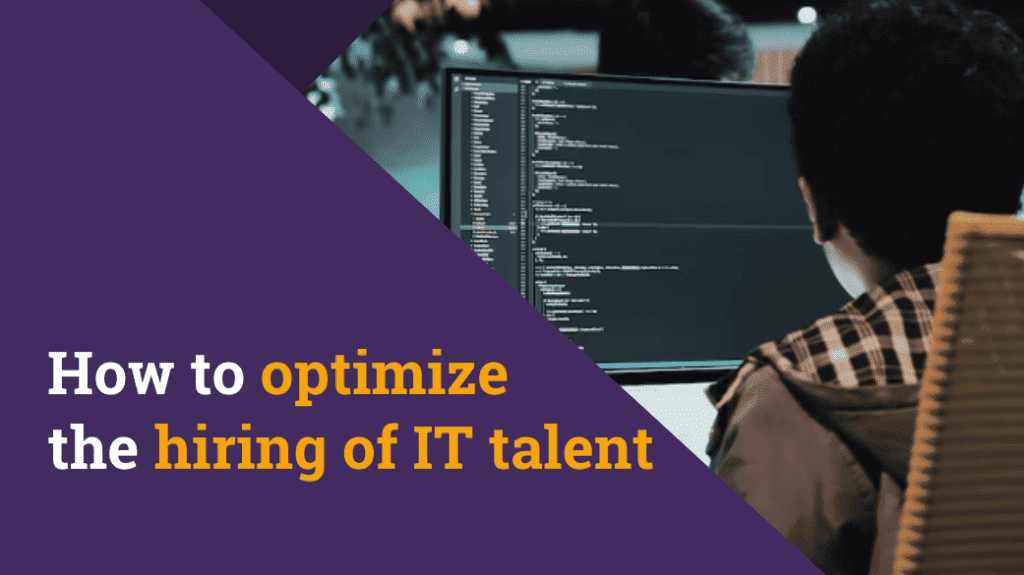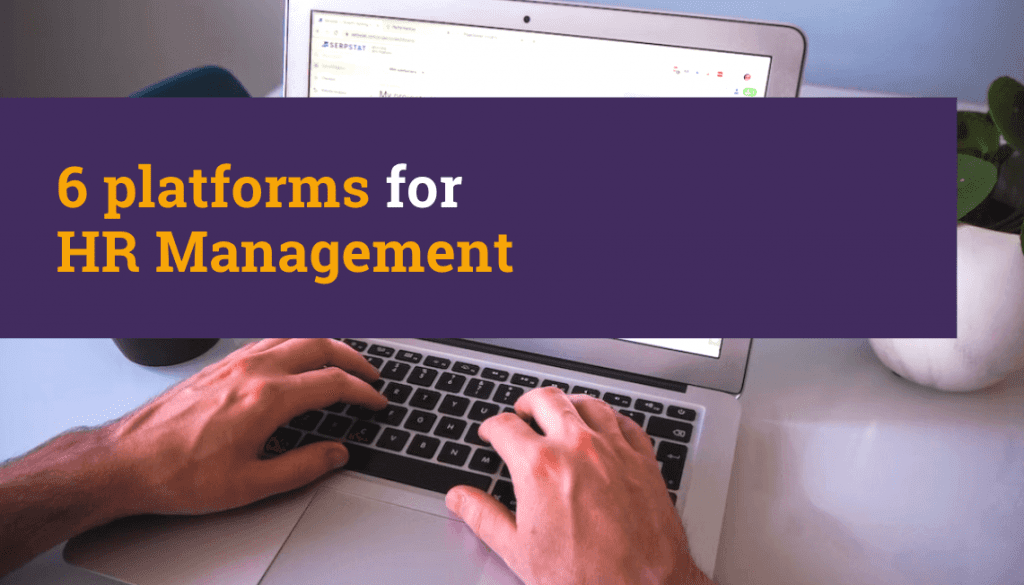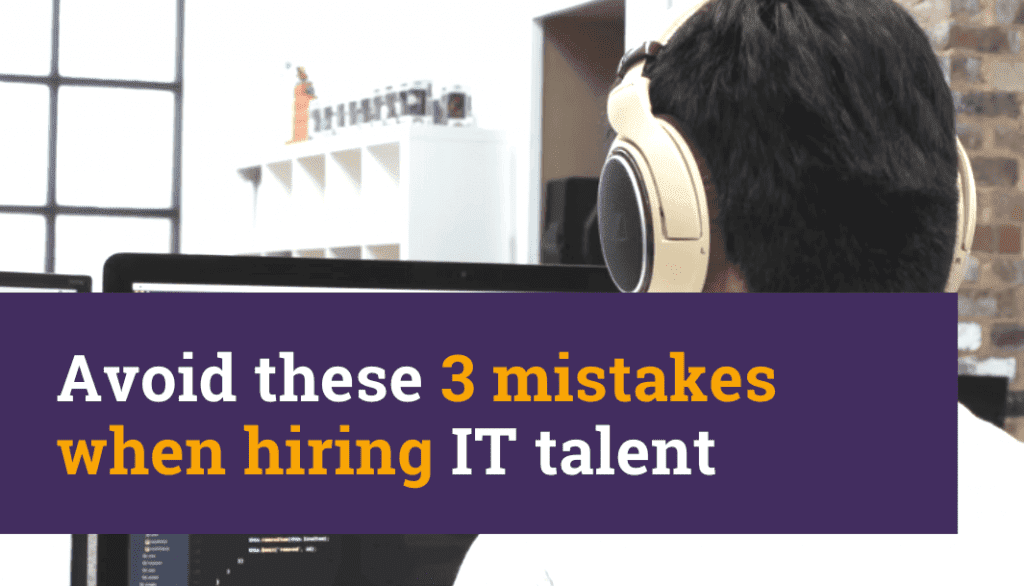Tips for improving your selection process
Are you ready to hire new talent? Before you continue, we invite you to read some tips to improve your selection process. Remember that this is a fundamental stage for your organization that deserves all the care and planning. Describe the position you are looking for Write a detailed, clear, real and attractive Job Description that is based not only on the technical needs of the position but also on the type of organizational culture of your company. For this you must have all the information of the position you are offering, as well as the expectations of the bosses and the team with whom the candidate would enter to work. Having a Candidate Persona will also be useful for a complete description. Plan the map of the new hire selection process This journey starts from when the offer is published until you find or reject the candidate. At this stage you can structure what will happen in each step of the selection process and what are the actions and possible scenarios that you should take into account. Keep in mind that planning is the key. If you have a route line to manage this insurance process everything will be easier. Use digital tools to improve your selection process We live in the digital age where technology helps us to mediate and automate different processes. In the talent selection area there are a number of tools and technologies that can help make the process faster and more effective. Artificial Intelligence You will be able to have tools like chatbots that with predetermined open questions or answers evaluate or guide the candidate. Likewise, predictive recruitment uses AI that facilitates the entire selection process through the search of keywords related to the characteristics that the candidate should have. Gamification With this technique you can decrease the tension that can be generated in the selection process and thus have more precise results. Social Recruiting It consists of attracting and attracting talent through 2.0 tools, mainly online platforms and social networks. With this method you will be able to know the candidates better, you will also reach those profiles that are passive, you will save time and money and you will strengthen your Employer Branding. Be clear about the types of contract When hiring new members of your team you should also take into account the type of employment contract you are going to offer them and their characteristics. According to the Public Procurement Service in Spain, there are five types of contracts, 4 of them applicable to the organizational world: Permanent Contract It is a modality in which it is intended to hire the employee in a fixed manner without setting time limits as to the duration of the contract. Temporary Contract In this case, a contractual relationship is established, between the employer and the worker, for a specified time in a specific activity. Contract for training and apprenticeship This type of recruitment seeks to encourage young people to enter the world of work who must alternate work with job training or academic. Traineeship It is a model in which the worker will obtain the professional practice according to his level of studies of university degree or medium/higher degree training, or equivalent degrees officially recognized. Do not forget that in any of these modalities the company must notify the SEPE of the conclusion of the contracts. Keep in mind these tips to improve your selection process when hiring new talent, will bring you closer to being that organization in which everyone wants to work. Encourage yourself to plan in detail all the stages of the process. Planning is the key! How do you plan your selection process? Try TalentFY in a Live Demo Try our recruiting platform without compromise. And if it doesn’t work for you, YOU DON’T PAY No small print. Schedule Demo Join our News Subscribe and receive our most exclusive content and news every month directly in your inbox.











